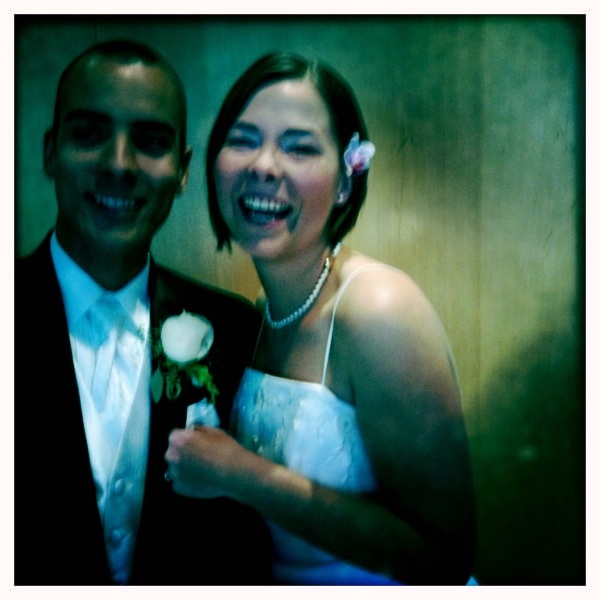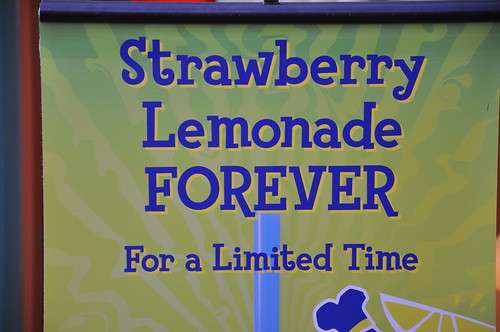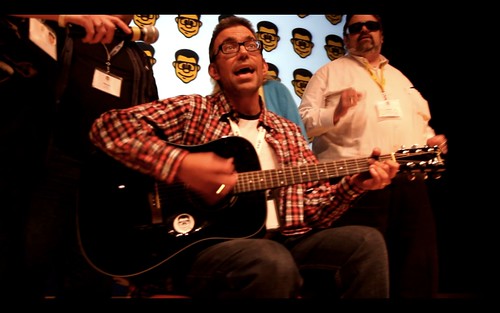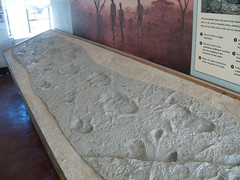While I'm a full-blown atheist, I find the idea of Ramadan fascinating for its key component: fasting during daylight hours, and only eating after the sun goes down, for a month. As an insulin-dependent diabetic who has to manage when and what I eat rather carefully, I couldn't even do that if I wanted to. But aside from their religious significance, the Muslim sawm (the fast itself) and iftar (the meal that ends it) are reminders of the significance of food and eating in all human societies.
Humans are far from the only animal to share food. Our closest relatives among the great apes do it. So do wolf packs and prides of lions. The whole structure of many communal insect societies (anthills, beehives, termite mounds) revolves around the procurement, storage, and distribution of food. But with our big brains and language, and with our elaborate methods of cooking and otherwise preparing meals, we have ritualized eating like no other creature, going far beyond food's role as fuel to keep our bodies running.
We organize our days around mealtimes. A gift of food or drink is appreciated as much—often more—than durable goods or money. Eating is a big part of our celebrations of holidays, birthdays, graduations, weddings, and other special events. We also serve snacks at funerals, eat for comfort when we are alone and sad, and offer a last meal to prisoners facing execution. Personally, one of the very worst periods of my life was three years ago, when I was unable to eat (or drink!) for several days in a row due to surgery. Our keenest memories often involve food: there's a reason one of the most popular new shows on the Food Network is The Best Thing I Ever Ate.
So when observant Muslims make a point this month of fasting each day, all day, and then breaking fast—almost always in groups—at sundown, it's a constant reminder of the value of food to all of us, and of our rituals of food. It's a tradition that secular society could learn something from, and perhaps even adopt in a less-regimented way, the way we have co-opted Christmas to celebrate the Winter Solstice and the end of the year with presents and coloured lights, and Easter to recognize springtime (which, come to think of it, is how those holidays got started anyway).
At the least, a secularized version of Ramadan would be a great incentive for a bunch of dinner parties, not to mention good business for restaurants.
Tweet












